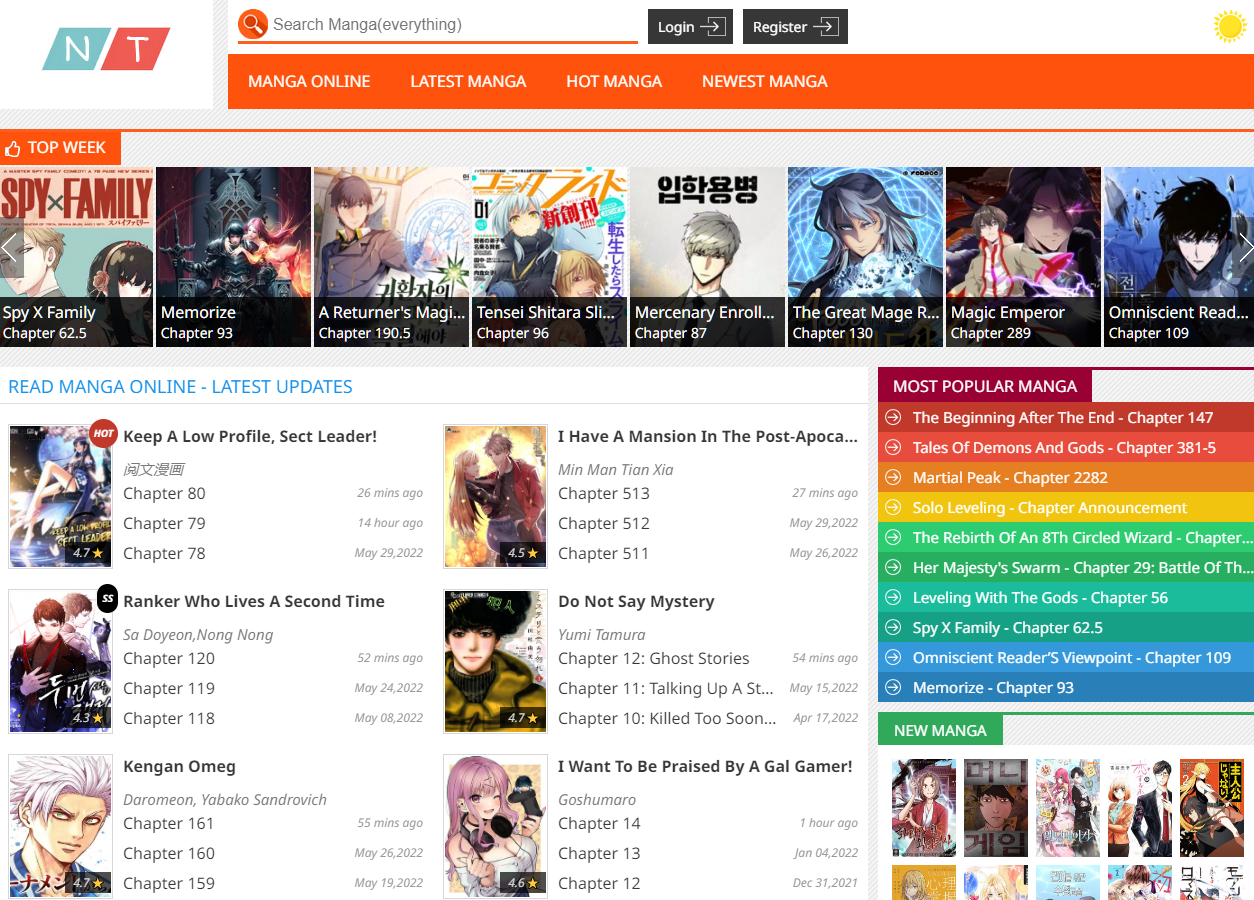My Second Life Is A Healing Life?
₫3.315.592
My Second Life Is A Healing Life? | Library: New Releases and Hidden Treasures
Product description
Unraveling the Intriguing World of Manga - A Deep Dive into Hayabusa (Roppongi Aya)
Manga summary Hayabusa (Roppongi Aya) transports readers into a captivating realm filled with complex characters, compelling narratives, and rich cultural undertones. This article explores the nuances within this manga series, shedding light on its themes, character developments, and artistic flair that resonates with audiences around the globe.
Themes and Motifs in Hayabusa
Examining the underlying themes and motifs in Hayabusa is essential to understanding the depth of Roppongi Aya's storytelling. The manga dives deep into various cultural, social, and psychological elements that not only entertain but also provoke thought.
The Struggle for Identity
Identity is a central theme in Hayabusa. Many of the characters grapple with their sense of self, often finding themselves torn between expectations and personal desires.
- Cultural Influence
The Complexity of Relationships
Relationships serve as another pivotal theme in Hayabusa, showcasing the different dynamics that exist between friends, family, and romantic partners.
- Friendship and Betrayal Roppongi Aya utilizes color symbolically, using specific hues to evoke certain emotions or signify shifts in the narrative. For example, darker shades may represent despair, while brighter tones signal moments of hope and joy.
- Visual Cohesion Roppongi Aya delves into the concept of societal expectations that often trap individuals in predetermined roles. Characters resist these constraints, illustrating the universal struggle for autonomy and self-expression.
- Breaking Free Character designs are meticulously crafted, with facial expressions and body language conveying a wide range of emotions. This attention to detail helps readers connect with the characters on a personal level.
- Dynamic Action Sequences Roppongi Aya intricately weaves cultural references throughout the manga, reflecting the characters' struggles in a modernized society. The juxtaposition of traditional values against contemporary influences creates a rich tapestry that invites readers to ponder their identity amidst societal pressures.
- Personal Journey As the storyline progresses, characters embark on journeys that symbolize breaking free from both physical and psychological chains. This quest becomes a powerful metaphor for liberation, encouraging readers to reflect on their own lives and aspirations.
Character Analysis: The Heart of Hayabusa
Characters are the heartbeat of any narrative, and in Hayabusa, Roppongi Aya crafts multidimensional personalities that captivate and engage readers. Analyzing these characters reveals their motivations, flaws, and growth throughout the series.
Protagonist Exploration
The protagonist serves as a lens through which the audience experiences the world of Hayabusa. Understanding their journey provides insight into the overarching narrative.
- Background and Motivation The rhythm of panel transitions influences the pacing of the story. Sudden shifts in pace during climactic moments heighten emotional impact, while slower sequences allow readers to absorb important character developments.
FAQs about Hayabusa (Roppongi Aya)
What genre does Hayabusa belong to?
Hayabusa falls primarily within the shonen genre, characterized by its action-packed sequences and coming-of-age themes. However, it also incorporates elements of drama and romance, appealing to a broad audience.
Who is the main character in Hayabusa?
The main character in Hayabusa is a young individual navigating life in a bustling urban setting. Their journey toward self-discovery and freedom drives the narrative forward.
How does Hayabusa address social issues?
Hayabusa tackles social issues such as identity crisis, familial expectations, and the need for personal autonomy. The characters' experiences mirror those faced by many in contemporary society, making the story relatable and thought-provoking.
Is Hayabusa suitable for all ages?
While Hayabusa is generally considered appropriate for teens and above, some themes may be more relatable to older readers due to their complexity. Parents and guardians should consider individual maturity levels when recommending the series.
Where can I read Hayabusa?
Hayabusa is available through various manga platforms, including print editions and online subscriptions. Check local stores or digital libraries for access to the series.
Conclusion
In conclusion, the manga summary Hayabusa (Roppongi Aya) unveils a beautifully intricate tapestry of themes, character arcs, and artistic expression. Roppongi Aya’s masterful storytelling captivates readers, encouraging reflection on identity, relationships, and the quest for freedom. As the pages unfold, they offer insights that extend beyond mere entertainment, inviting audiences to explore their own lives through the lens of the characters’ journeys. Hayabusa stands as a testament to the transformative power of manga, inspiring readers to embrace their stories as they navigate the complexities of life.
Roppongi Aya does not shy away from presenting antagonists who challenge the protagonist at every turn. These conflicts create a dynamic tension that keeps readers engaged, as the hero must navigate these obstacles to achieve their goals.Panel Layout and Flow
The layout of panels contributes significantly to pacing and storytelling in Hayabusa.
- Innovative Panel Arrangements Action scenes are portrayed with fluidity and intensity, immersing readers in the excitement of the moment. The use of lines, angles, and perspective creates a sense of movement that pulls the audience into the narrative.
Color Palette and Mood
Color choices profoundly affect the mood and tone of Hayabusa, contributing to the overall reading experience.
- Symbolic Use of Color The presence of archetypal roles—such as the mentor, the trickster, and the hero—adds a layer of familiarity to the characters. Readers can recognize these archetypes, allowing for a richer interpretation of their actions and significance.
Artistic Style and Visual Storytelling
The artistic style of Hayabusa plays a crucial role in conveying its themes and emotions. Roppongi Aya’s illustrations elevate the narrative, transforming words into vivid imagery.
Illustration Techniques
The manga employs various illustration techniques to enhance storytelling and evoke emotions.
- Expressive Character Designs Equally important are the allies who support the protagonist. Their unique attributes and perspectives contribute to the overarching narrative, reflecting real-life dynamics of friendship and teamwork.
Symbolism and Archetypes
Understanding the symbolism and archetypes present in Hayabusa allows readers to grasp deeper meanings and themes woven into the fabric of the story.
- Recurring Symbols Romantic relationships in Hayabusa are layered with tension, exploring the sacrifices individuals make for love. The characters navigate the joys and heartaches of romance, providing a realistic depiction of love that resonates on multiple levels.
The Quest for Freedom
The desire for freedom, both physically and emotionally, permeates the narrative of Hayabusa, highlighting the barriers that inhibit personal growth.
- Societal Constraints Roppongi Aya experiments with panel arrangements, using unconventional layouts to create dramatic tension or emphasize key moments. This innovation engages readers and encourages them to explore the narrative more deeply.
- Rhythm and Pacing Over the course of the manga, the protagonist undergoes significant development. Through trials and victories, they evolve into a more nuanced character, embodying the theme of growth and resilience.
Supporting Characters: The Mosaic of Relationships
Supporting characters enrich the plot and help define the protagonist’s journey. Each one adds layers of complexity to the story.
- Antagonists and Conflicts The protagonist’s backstory is meticulously constructed, offering viewers a glimpse into their motivations and aspirations. This depth allows readers to empathize with their struggles, creating an emotional connection that drives the narrative forward.
- Character Development Throughout the story, friendships are tested through trials and tribulations. Trust issues arise, leading to betrayals that challenge the characters’ bonds. This portrayal reflects the complexity of human relationships and the emotional stakes involved.
- Love and Sacrifice







